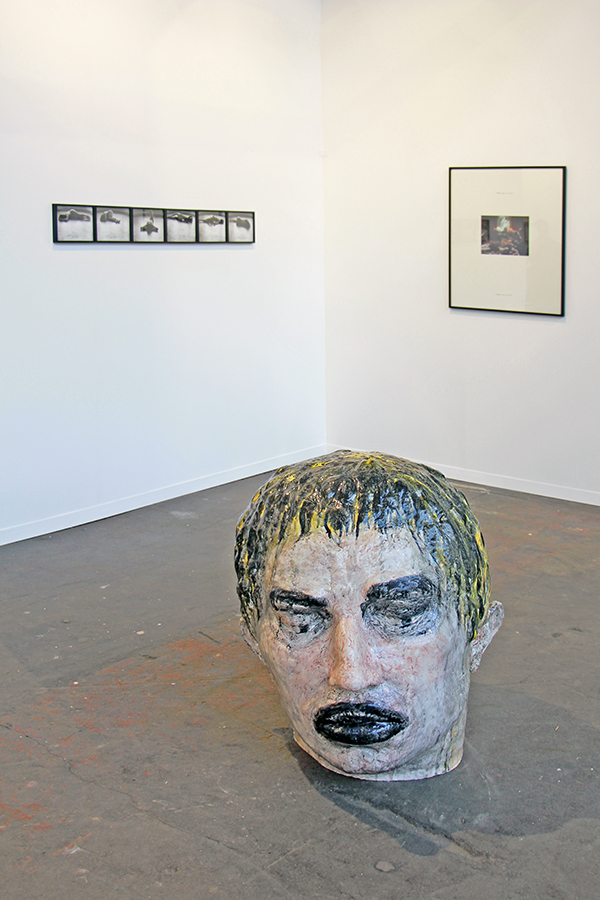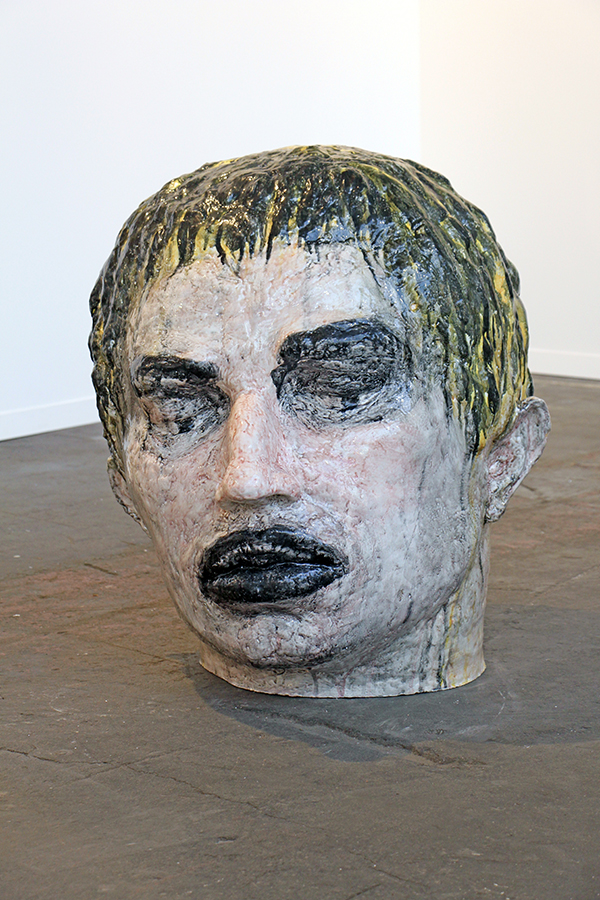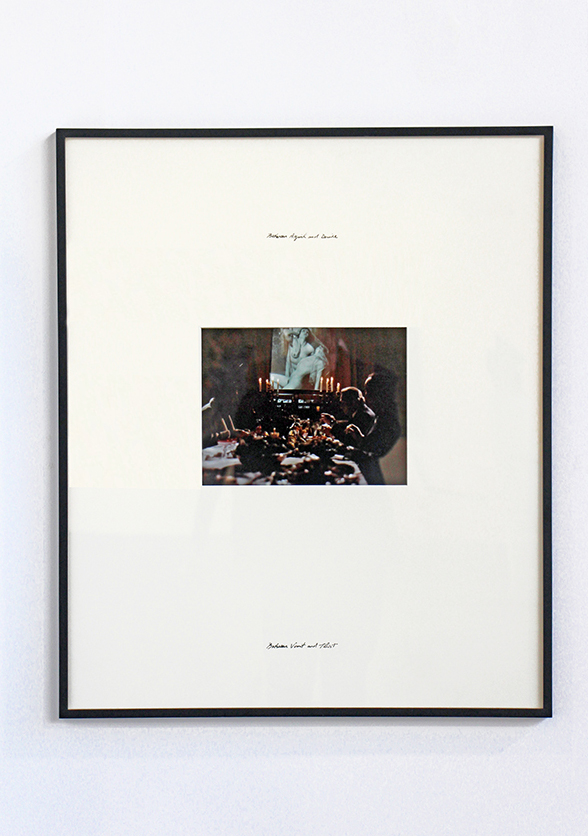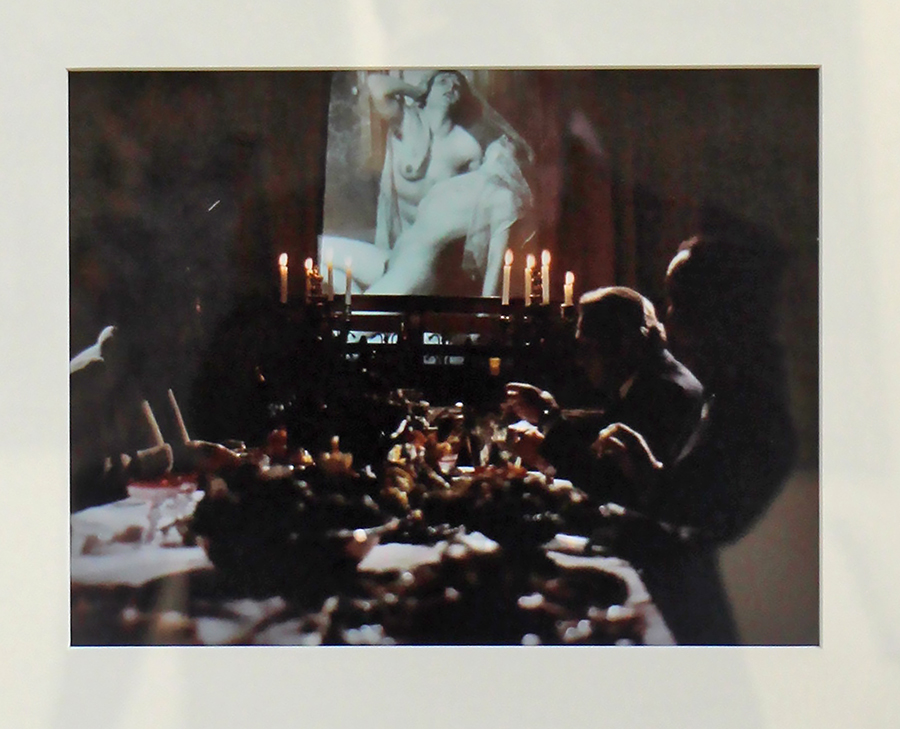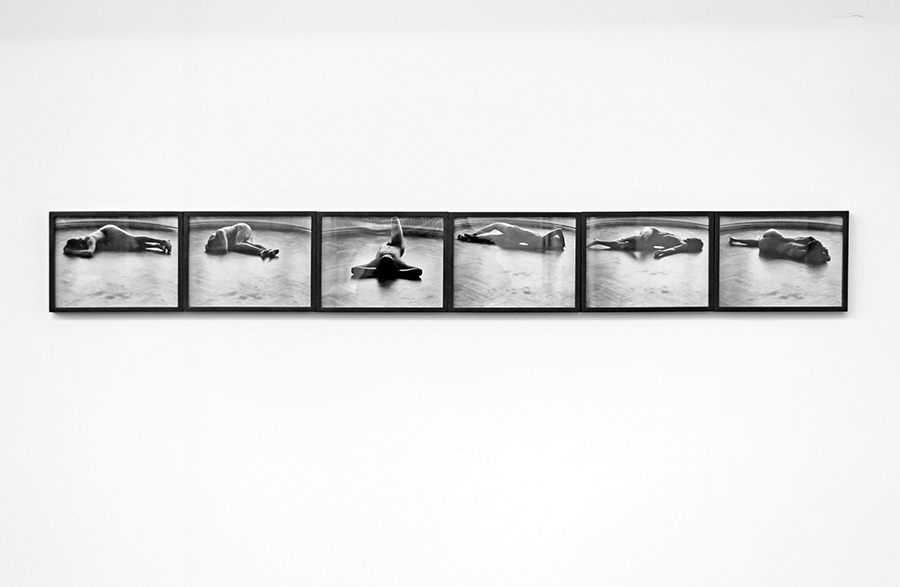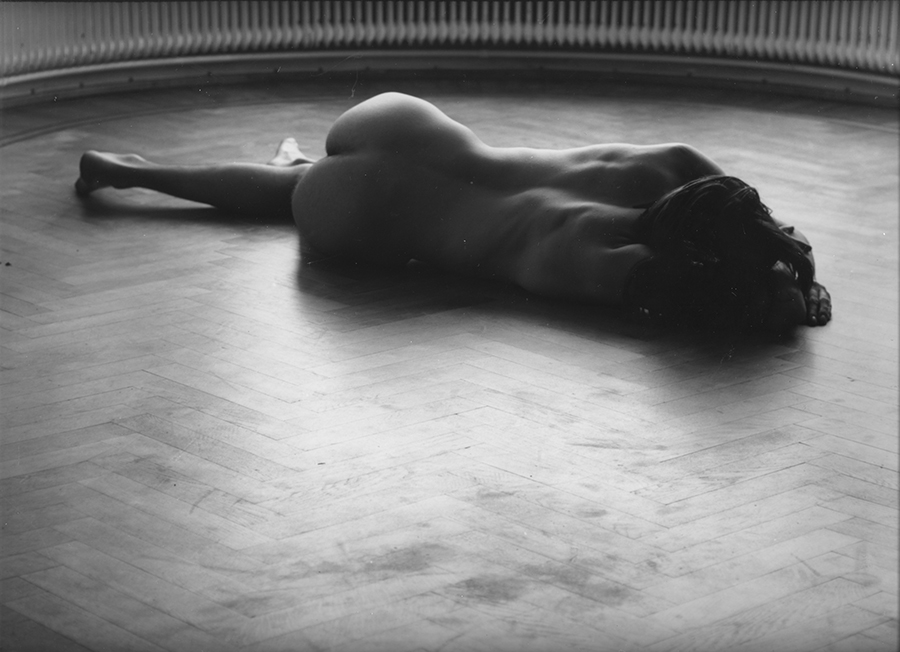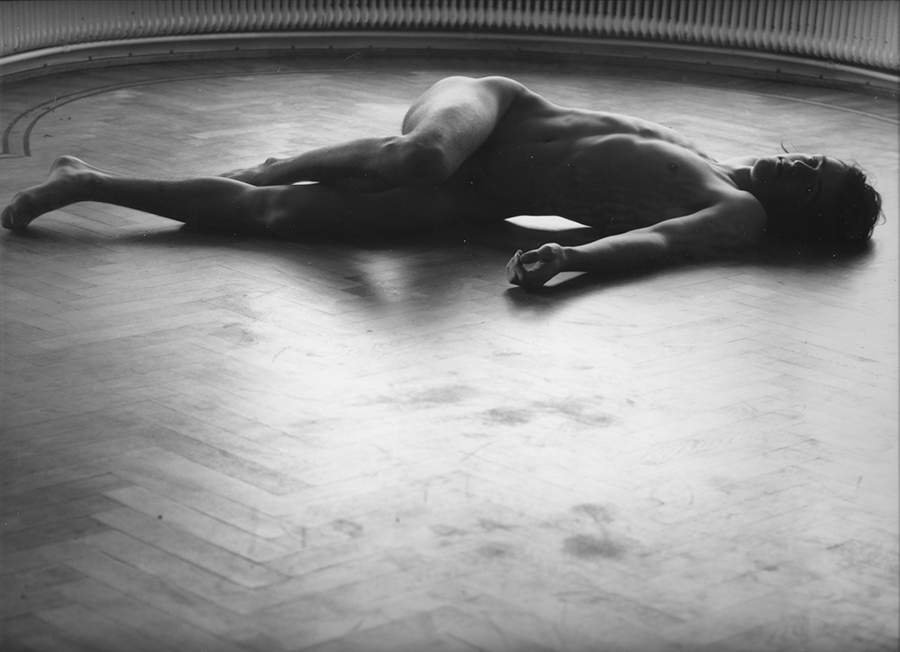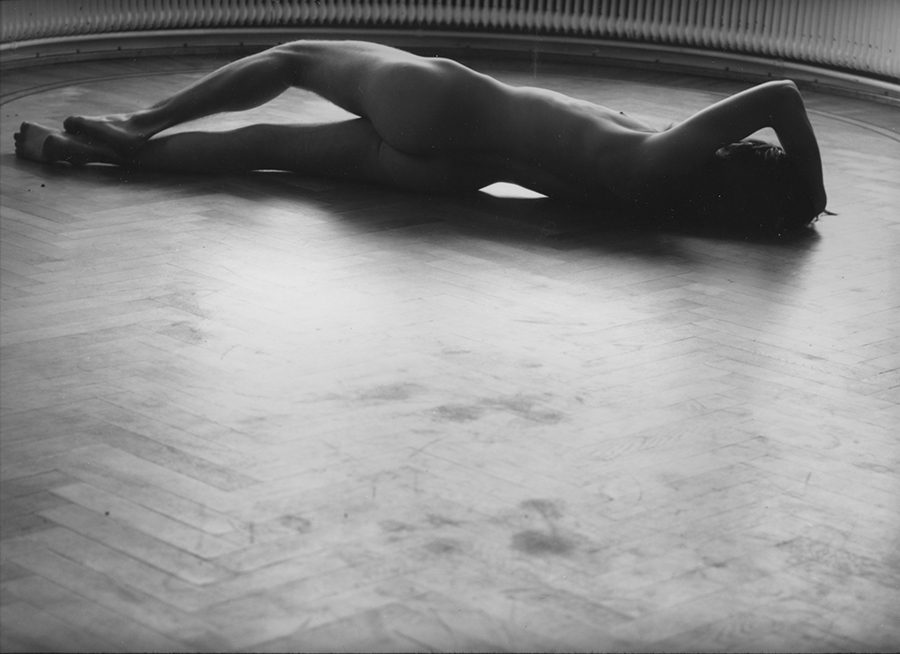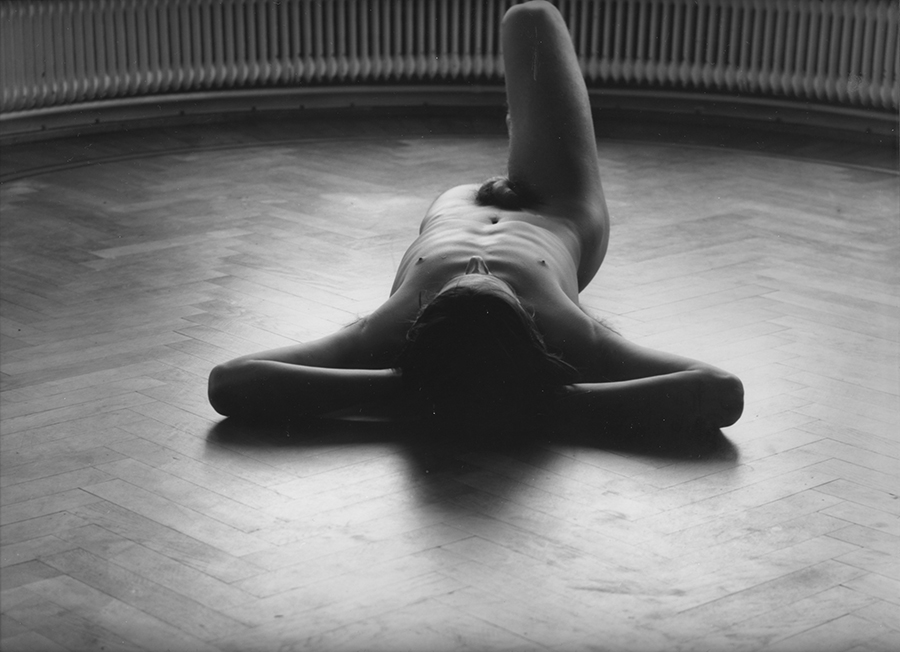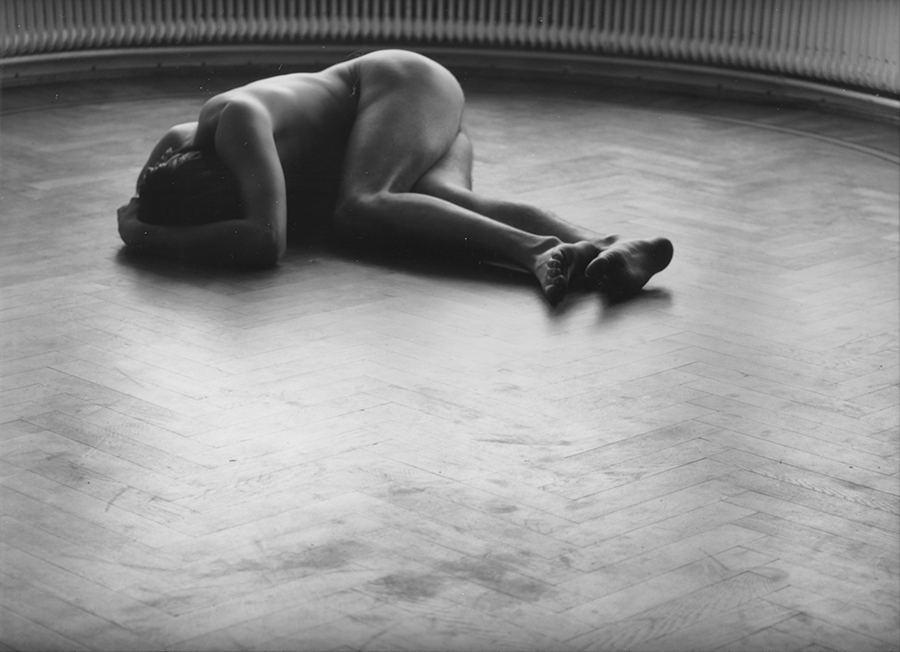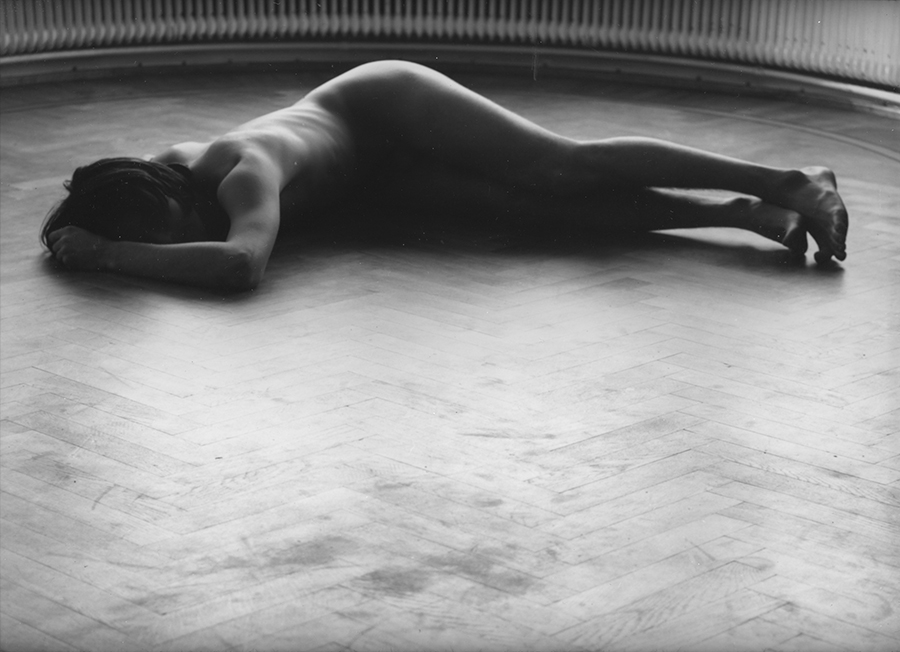Exhibition view
Maen Florin, 2018
céramique
La conscience humaine souffrant de sa propre apparition – y compris sous la forme de toutes les choses étrangères auxquelles l’homme est confronté de nos jours : son prochain exotique, l’homme de couleur, l’étranger, le réfugié, le noble idiot, celui qui a des convictions politiques ou religieuses divergentes, la victime et le bourreau, l’immigrant et le SDF, le mendiant et le petit noyé rejeté sur une plage abandonnée, ou encore le visage des créatures intermédiaires maltraitées qui s’avancent dans la pénombre de la conscience refoulée. Ces associations contemporaines aussi se cachent dans l’encyclopédie d’expressions, de silhouettes et de postures auxquelles l’artiste nous confronte. C’est pour cette raison que l’œuvre de Maen Florin m’apparaît comme étant non seulement radicalement psychopoétique et iconographiquement intemporelle, mais aussi actuelle et pertinente socialement. Non pas parce qu’elle renvoie directement à notre actualité, mais parce qu’elle ouvre au fond de nous un espace imaginaire, où l’essence de ce qui nous est étranger se révèle appartenir à ce que nous avons de plus intime.
Stefan Hertmans, janvier 2017
John Murphy
Between Anguish and Desire – Between Vomit and Thirst. 2004
Photographic print, pen and ink on board, 85.5 x 71.5 cm.
Lili Dujourie
Zonder titel (mannelijk naakt), 1977
Série de 6 photographies NB, tirages argentiques, (6) x 18 x 24 cm
Hommage à …I (from a series of 5 Hommages, 1972) is one of Lili Dujourie’s first video works. It belongs to the experimental stage of video art, when the technology was still in its infancy. In Hommage à …I, a naked woman – the artist herself – rolls around in white bed-sheets in slow motion. At first it seems that she’s asleep. But after a while she starts to move, rolls in and out of the bed, in a rhythm that makes one think of the twilight state between wakefulness and sleep. The piece is recorded in real-time, without editing. It shows a space that unfolds in time and a figure that’s caught there. Sensuality, the passage of time, boredom – here they go hand-in-hand. The video links to tradition of the female nude, one of art-history’s most venerable motifs. Lili Dujourie deliberately chooses a theme that had no place in the dominant conceptual art-scene of the 1970s. The artist is also her own model, and explains this choice as follows: “The woman has always been ‘the model’, and I wanted to do away with this – as a woman I could hardly manipulate another woman! (…) If you want to evoke the intimacy of the female nude, then you have to do it yourself, you can’t ask a model to do that for you.” Lili Dujourie redefines conventions regarding the relationship between model and maker, between who’s doing the looking and who’s being looked at. The title refers to a homage to art history. No so much one particular image as the whole of art history, all those images that keep resonating in the artist’s memory. The poses that Dujourie assumes are determined by recollections of nudes from art tradition, in her own words “a physical transformation of everything that I’ve seen in my life”.
In Madrigal and Enjambment a bare wooden floor fills the screen. The dressed figures – a woman and a man respectively – roll, fold and unfold themselves, in between alternating interludes. Madrigal is a continuation of the Hommages series, in which Lili Dujourie investigates the image of the naked body. In this series of videos the artist herself often plays the model. In this work, Lili Dujourie unexpectedly turns behind her back and stares into the camera with a foggy gaze. The image suddenly comes into focus, the overview disappears. A madrigal is a musical composition for several voices. The picking of this title is determined by the poetic quality of the word, by the associations and memories the concept of the madrigal evokes from the artist. In 1976 Lili Dujourie elaborated this idea, this time using a man as the model. There is hardly any difference. The man rolls over the floor, just like Lili in Madrigal, but it takes a while before you realize it is a man. The title ‘enjambment’ refers to the deceleration in the rhythmical progression of a love poem. With Enjambment the artist wishes to approach the male in all his fragility, not in his toughness or strength. She wanted to “capture something in the male nude which leans towards the female side of the male”.
Lili Dujourie uses the same model from het video Enjambement for this series of black and white photographs from 1977. The models rolls across the floor and it’s not always clear whether it’s a male or a female model. These photos are a precursor for the colour photos with female nudes that appear later. In her series Dujourie explores not just the sculptural qualities of the human body, but also its fragility.
(source Muhka)
[sociallinkz]

